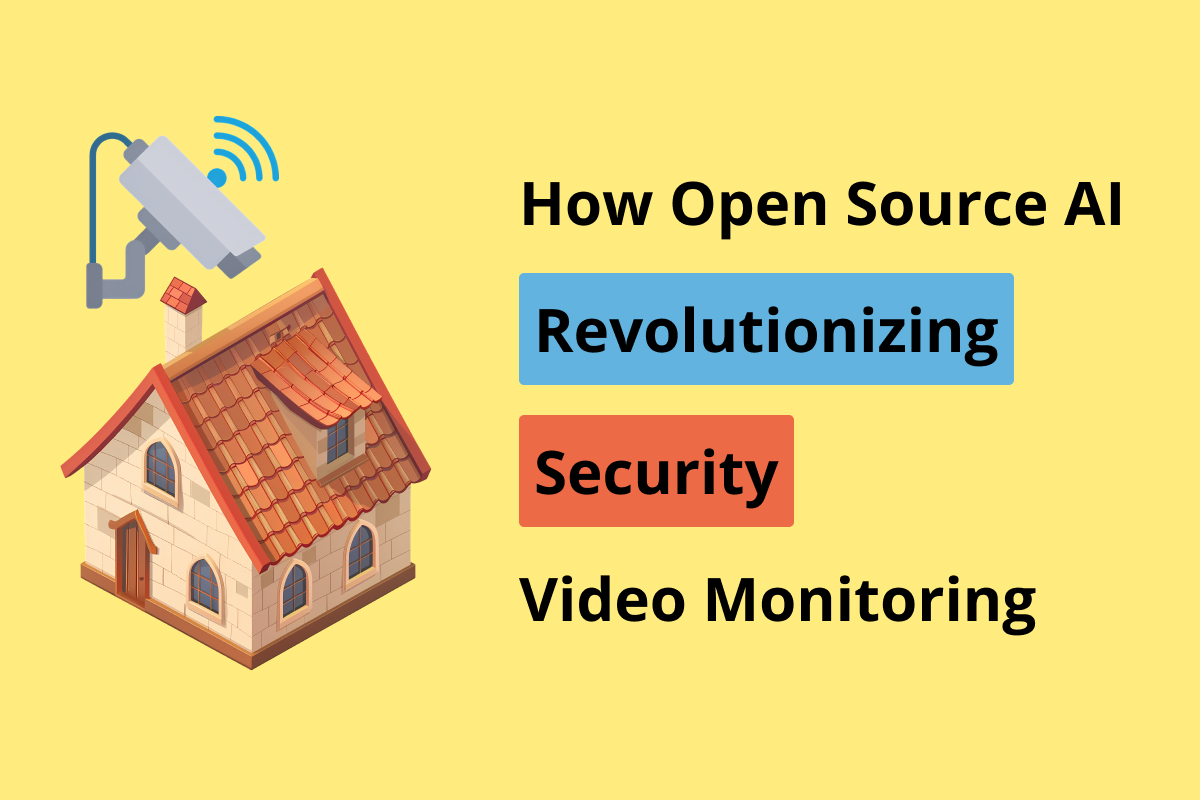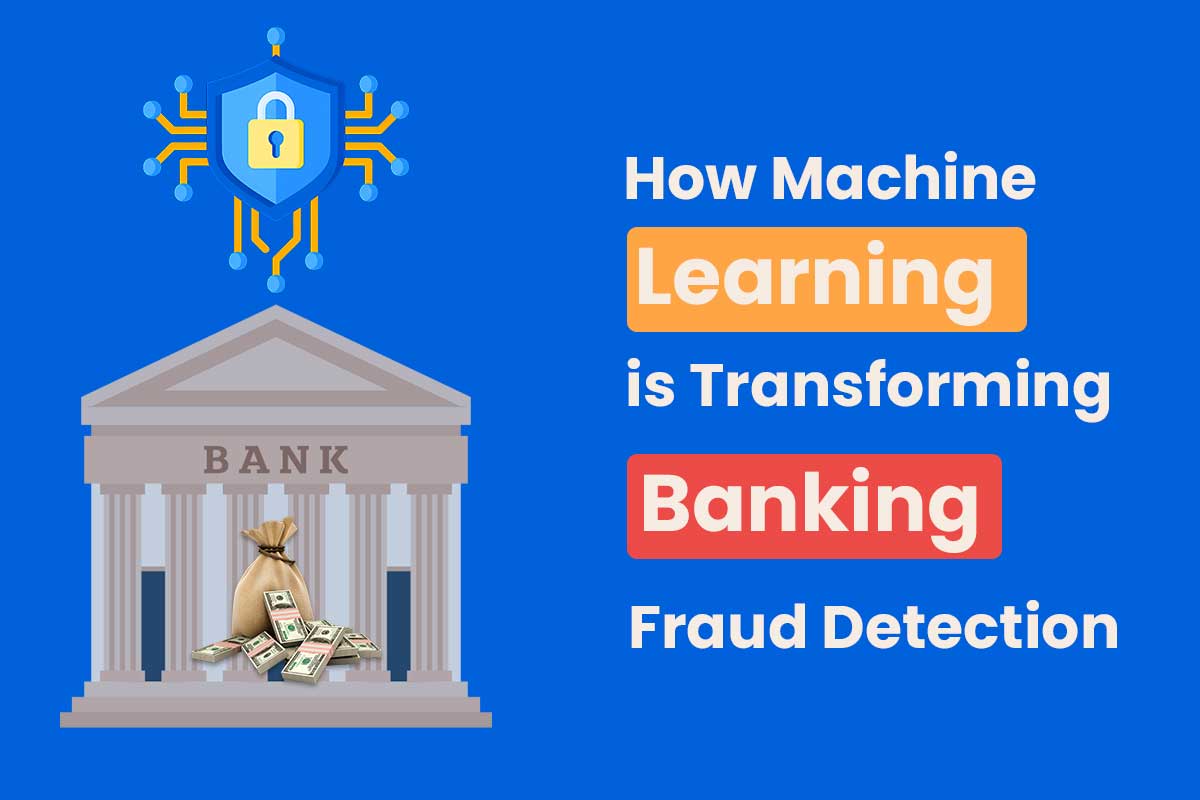With the increasing demand for robust security measures, businesses and organizations are turning to open source AI for video monitoring to enhance surveillance systems. Traditional video monitoring methods often require significant human intervention and are prone to errors. By integrating AI for security video monitoring, organizations can automate processes, detect anomalies in real time, and improve overall security efficiency.
In this guide, we’ll explore how open source AI for video monitoring is transforming the security landscape, the best open-source AI tools for video analysis, and how organizations can leverage this technology to reduce costs while improving accuracy.
Why Use Open Source AI for Video Monitoring?
Traditional video surveillance systems rely heavily on human operators, which can lead to missed incidents and delayed responses. AI for security video monitoring offers an automated, data-driven approach that enhances security systems by detecting suspicious activity, analyzing behavior, and recognizing objects or faces in real time.
Here are the key benefits of using open source AI for video monitoring:
- Real-Time Analysis: AI can process live video feeds to identify unusual activities as they happen.
- Cost-Efficiency: Open source AI tools are typically free or low-cost, making them affordable for businesses of all sizes.
- Scalability: AI models can easily be scaled to monitor multiple cameras or larger areas without losing accuracy.
- Automation: Automating the detection of security threats reduces the need for constant human oversight.
- Customization: Open source AI allows for customization to meet specific security needs.
Now, let’s explore how open source AI for video monitoring is being applied and the AI tools for security video monitoring that can help improve surveillance systems.
How AI Enhances Security Video Monitoring
AI for security video monitoring brings advanced features that go beyond traditional surveillance systems. Here are the main ways AI improves video monitoring:
- Motion Detection: AI algorithms can detect subtle movements and flag potential security threats in real time.
- Facial Recognition: AI-powered video systems can identify individuals by their facial features, making it easier to monitor restricted areas or detect unauthorized access.
- Object Recognition: AI can differentiate between objects in the frame, such as vehicles, animals, or people, which is essential for tailored security responses.
- Anomaly Detection: Open source AI can detect anomalies in video feeds, such as unusual behavior or movement patterns, and alert security teams immediately.
- Automated Alerts: Once the system detects suspicious activity, it can trigger automated alerts to notify security personnel or take predefined actions.
These functionalities make AI for security video monitoring far more efficient and effective compared to manual monitoring systems.
Best Open Source AI Tools for Security Video Monitoring
Several open-source AI platforms provide powerful features for video surveillance. These tools allow for customization and integration into existing systems, making them ideal for businesses looking to enhance their security. Here are some of the best open source AI tools for video monitoring:
1. OpenCV – Best for Real-Time Video Analysis
OpenCV (Open Source Computer Vision Library) is one of the most popular open-source libraries for computer vision applications, including video monitoring. It provides AI-driven solutions for detecting motion, identifying objects, and tracking movements in security footage.
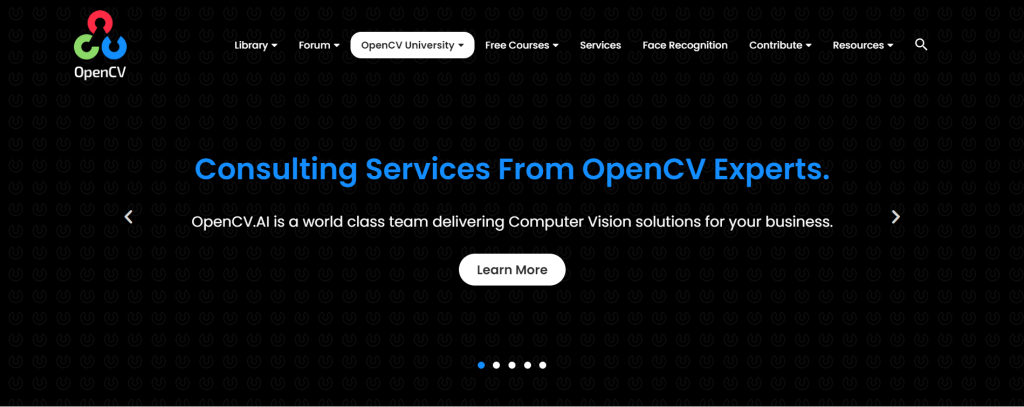
Key Features:
- Real-Time Processing: Ideal for live video analysis, detecting anomalies in real time.
- Face Detection: Advanced facial recognition features for tracking individuals.
- Multi-Platform Support: Works across various platforms, including Windows, macOS, and Linux.
- Scalability: Scalable for monitoring large environments with multiple cameras.
OpenCV is widely used in AI for security video monitoring, providing a flexible and customizable solution for organizations.
2. TensorFlow – Best for AI Customization
TensorFlow is another powerful open-source AI library developed by Google. It is highly effective for creating custom AI models for security video monitoring, offering deep learning capabilities that can detect complex patterns and behaviors in video footage.
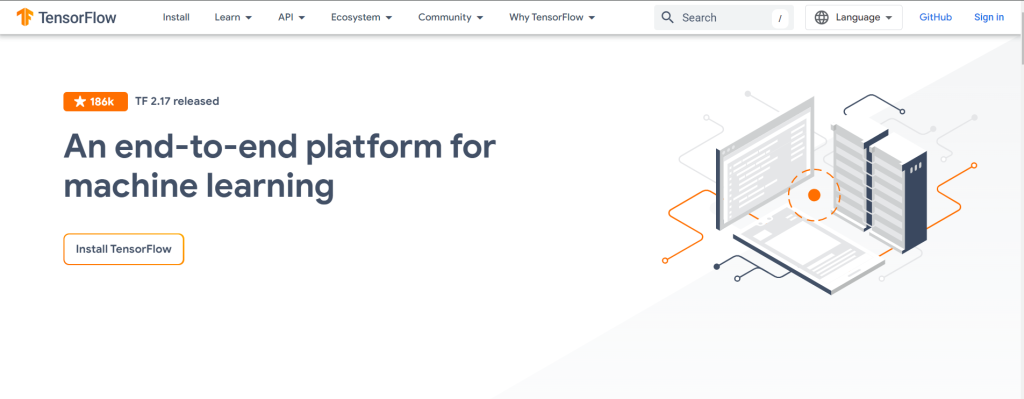
Key Features:
- Deep Learning: Leverage deep learning algorithms to recognize objects, faces, and movement.
- Customizable Models: Build and train custom models to detect specific security threats.
- Wide Range of Tools: TensorFlow provides comprehensive tools for machine learning, including neural network construction and model training.
- Integration with Edge Devices: TensorFlow Lite can be used to run AI models on low-power edge devices like security cameras.
TensorFlow is ideal for businesses that need highly tailored open source AI for video monitoring to meet specific security needs.
3. YOLO (You Only Look Once) – Best for Real-Time Object Detection
YOLO is a state-of-the-art object detection system that is highly effective in security video monitoring applications. YOLO processes images in real time, making it a perfect solution for detecting objects such as people, vehicles, or suspicious items in security footage.
Key Features:
- Real-Time Detection: Detects objects in live video feeds instantly.
- High Accuracy: Provides accurate object detection with minimal false positives.
- Low Latency: Optimized for speed, making it ideal for real-time surveillance.
- Versatile Application: Can be used for tasks like facial recognition, crowd detection, and perimeter monitoring.
For organizations looking for fast and reliable AI for security video monitoring, YOLO is a leading choice in object detection systems.
4. DeepStack – Best for Edge AI Deployment
DeepStack is an open-source AI server that brings advanced AI video monitoring capabilities to the edge. It supports face detection, object detection, and even custom detection models, making it a versatile tool for security applications.
Key Features:
- AI on the Edge: Can be deployed directly on security cameras, reducing the need for expensive infrastructure.
- Custom Models: Allows for the integration of custom AI models based on the specific needs of your security system.
- Fast Processing: Designed for real-time processing with low latency.
- Easy Integration: Can be easily integrated into existing surveillance systems.
DeepStack’s edge deployment capability makes it a top choice for businesses looking for an efficient security video monitoring solution without heavy infrastructure investments.
5. ZoneMinder – Best for Complete Surveillance Systems
ZoneMinder is an open-source video surveillance software that integrates AI for object detection and motion tracking. It’s designed for businesses that need a complete AI-driven video monitoring system with multiple camera support.
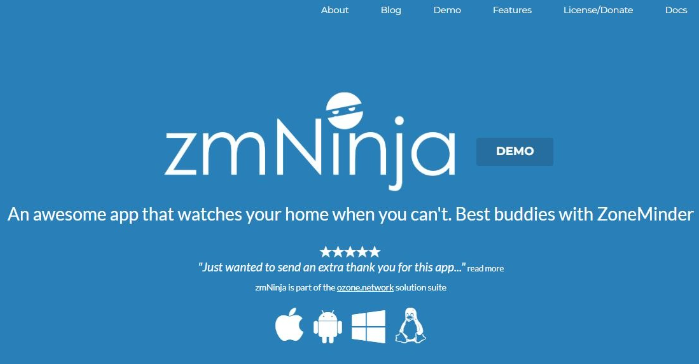
Key Features:
- Motion Detection: Detects movement and flags suspicious activity in real time.
- AI Integration: Compatible with various AI models to enhance video monitoring capabilities.
- User-Friendly Interface: Easy to use, even for those new to video surveillance.
- Multi-Camera Support: Manage and monitor multiple security cameras from a single platform.
ZoneMinder’s comprehensive surveillance features make it one of the best open source AI tools for video monitoring available for businesses of all sizes.
Challenges of Using Open Source AI for Video Monitoring
While open source AI for video monitoring offers many benefits, it’s important to consider potential challenges. Some common challenges include:
- Customization Complexity: Open source tools often require a certain level of technical expertise to customize models effectively.
- Hardware Requirements: Running AI models in real-time can require powerful hardware, especially for deep learning applications.
- Data Privacy: Ensuring the protection of video data is critical, as surveillance systems may handle sensitive information.
Despite these challenges, the flexibility and cost-effectiveness of open source AI for security video monitoring make it an attractive option for businesses looking to enhance their security infrastructure.
Conclusion
Using open source AI for security video monitoring is revolutionizing the way organizations protect their assets and ensure safety. From motion detection to facial recognition and real-time anomaly detection, AI for security video monitoring offers advanced features that significantly enhance the capabilities of traditional surveillance systems. Open-source platforms like OpenCV, TensorFlow, and YOLO provide powerful tools to create cost-effective and highly efficient video monitoring systems.
As AI technology continues to evolve, leveraging open source AI for video monitoring will become an even more crucial part of modern security solutions, providing businesses with the tools they need to stay ahead of potential threats.
FAQs
How does open source AI improve video monitoring?
Open source AI enhances video monitoring by automating processes like motion detection, facial recognition, and object identification in real time, reducing the need for human intervention.
Which AI tools are best for real-time security video monitoring?
Tools like OpenCV and YOLO are best for real-time security video monitoring due to their fast processing capabilities and high accuracy in detecting suspicious activities.
Can I integrate open source AI with my existing video surveillance system?
Yes, most open source AI tools like TensorFlow and DeepStack can be integrated with existing surveillance systems to enhance monitoring capabilities.
Is open source AI cost-effective for video monitoring?
Yes, open source AI tools are typically free or low-cost, making them a cost-effective solution for businesses looking to improve their security systems without significant investment.
Can AI for security video monitoring reduce false alarms?
Yes, AI can significantly reduce false alarms by analyzing complex patterns in video feeds and flagging only genuine threats, thereby improving overall security efficiency.
What are the main challenges of using open source AI for video monitoring?
The primary challenges include customization complexity, hardware requirements for real-time processing, and ensuring data privacy for sensitive video footage.
